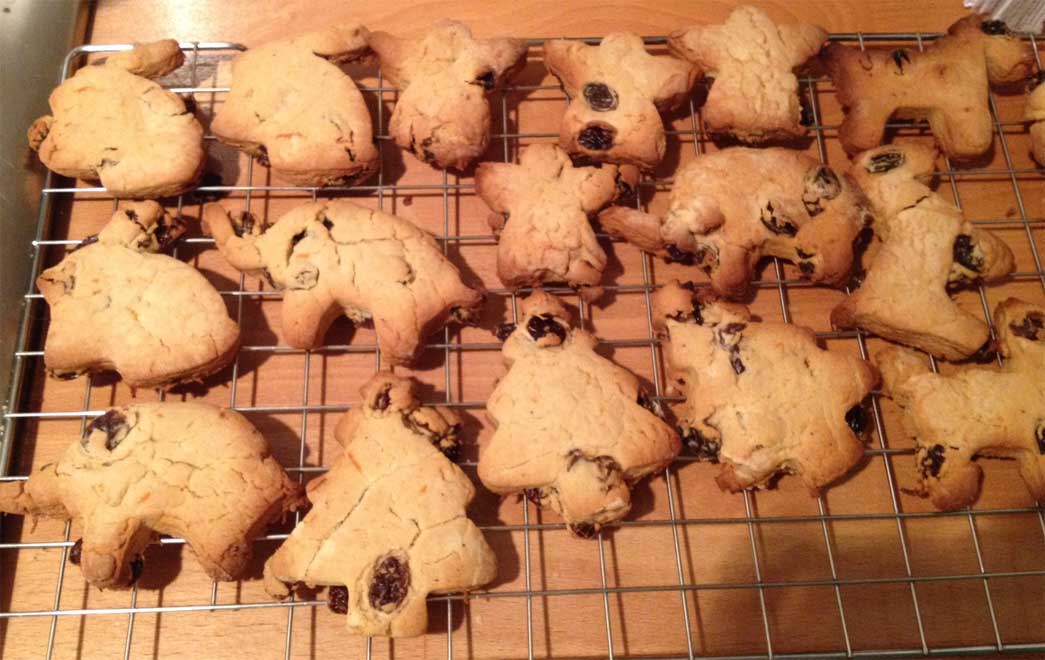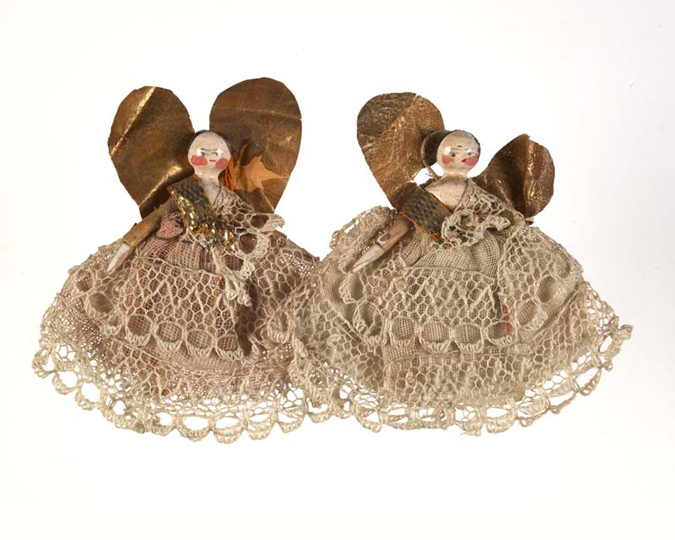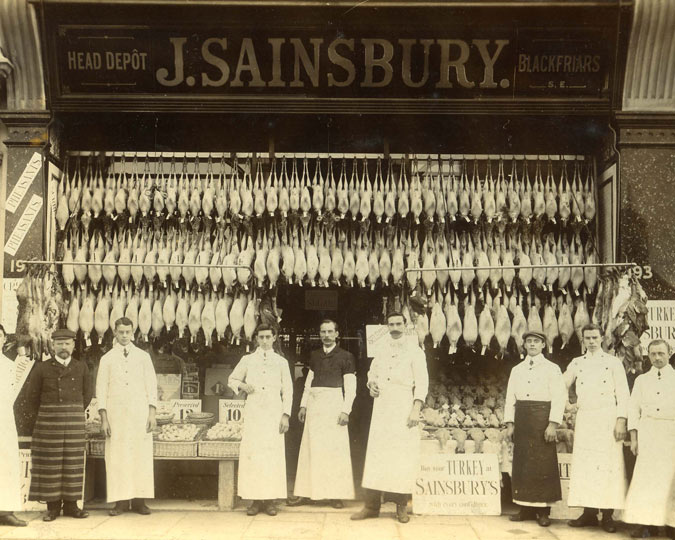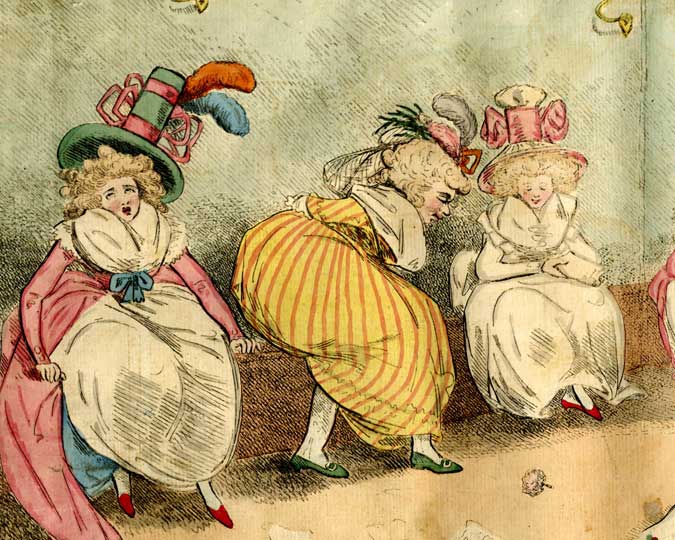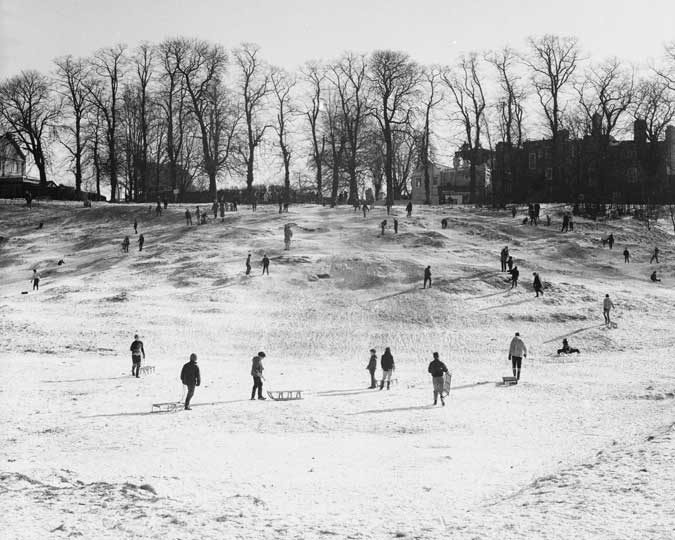What did Stuart or medieval Londoners eat at Christmas? Try a tasty biscuit inspired by the Great Fire of London, a horrible one following an authentic Stuart recipe, or a medieval Yule Doll.
Come and celebrate Christmas with us! Visit our Victorian Santa's Grotto at the Museum of London or the Museum of London Docklands.
Fiery ginger biscuits
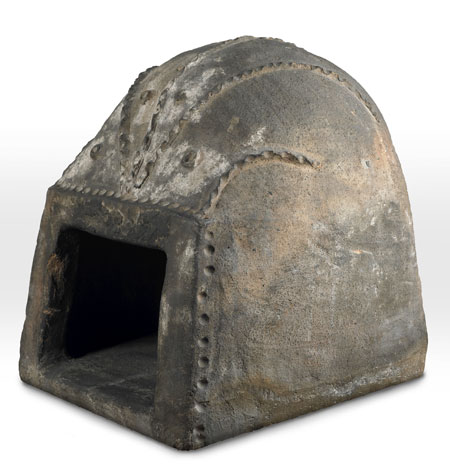
This portable ceramic oven was heated by lighting a fire inside the oven, then scraping out the ashes and replacing them with the bread, pies or whatever else was to be cooked.
In 2016, we commemorated the 350th anniversary of the Great Fire of London by working with Albion Bakery to produce a biscuit inspired by original seventeenth century sweet treats. Our early modern curator, Hazel Forsyth, researched recipes for gingerbread and other baked goods from the time around the Great Fire of 1666 (which started, of course, in Thomas Farriner's bakery- perhaps from an oven whose fire was not properly put out).
Unfortunately, these recipes turned out to be more interesting than edible. Tastes have changed a lot over the last 350 years, and Albion preferred to produce a modern delight rather than an historically accurate disgust. They did use ingredients popular in the historical recipes, like red wine and rose water, to give a hint of Stuart style. If you'd prefer to try the original, here's a period recipe to help you party like it's Restoration England (war, plague and fire not included).
Take a quart of honey, put it into a great skillet on the fire and when it begineth to seeth, put thereto a pint of strong ale, & scum it clear, then put soo much grated bread as will make it like unto dow and put thereto halfe a pound of Liquorish, as much Aniseeds, and a quarter of a pound of ginger being finely searced with two ounces of graines, then take it out of your skillet and worke it on a table as you doo flower to dough to make it stiffe, then make it in cakes, put powder of Liquorish and Aniseeds upon your moulds so it cleave not and so lay them upon a board till they be dry, then lay them up in boxes.
Lady Barbara Fleming's Manuscript Receipt Book (1673)
Yule Dolls
Curator Meriel Jeater writes:
We can take culinary inspiration from even earlier: the medieval period, when people marked the three weeks of Advent with religious fasting. When celebrations began on Christmas Day, one of the treats were Yule Dolls. These were biscuits a bit like gingerbread men, in the shape of people or animals. They were flavoured with honey, nutmeg, saffron, lemon and currants, and had raisin eyes and orange peel mouths.
I read about them in a very fun book, Medieval Holidays and Festivals by Madeleine Cosman, and thought they sounded delicious so I decided to make some. I adapted a modern gingerbread recipe, took out the sugar (not common in England until much later) and replaced it with honey, and substituted the ginger with nutmeg and saffron.

Mix the melted sugar and butter with the raisins and orange zest
Makes about 20 biscuits
- 150g butter
- 220g honey
- 360g plain flour
- 1 teaspoon bicarbonate of soda (probably not a very ‘medieval’ addition)
- 1 teaspoon nutmeg
- 1 large pinch of saffron strands
- Grated zest of 1 orange or lemon
- 110g raisins or currants
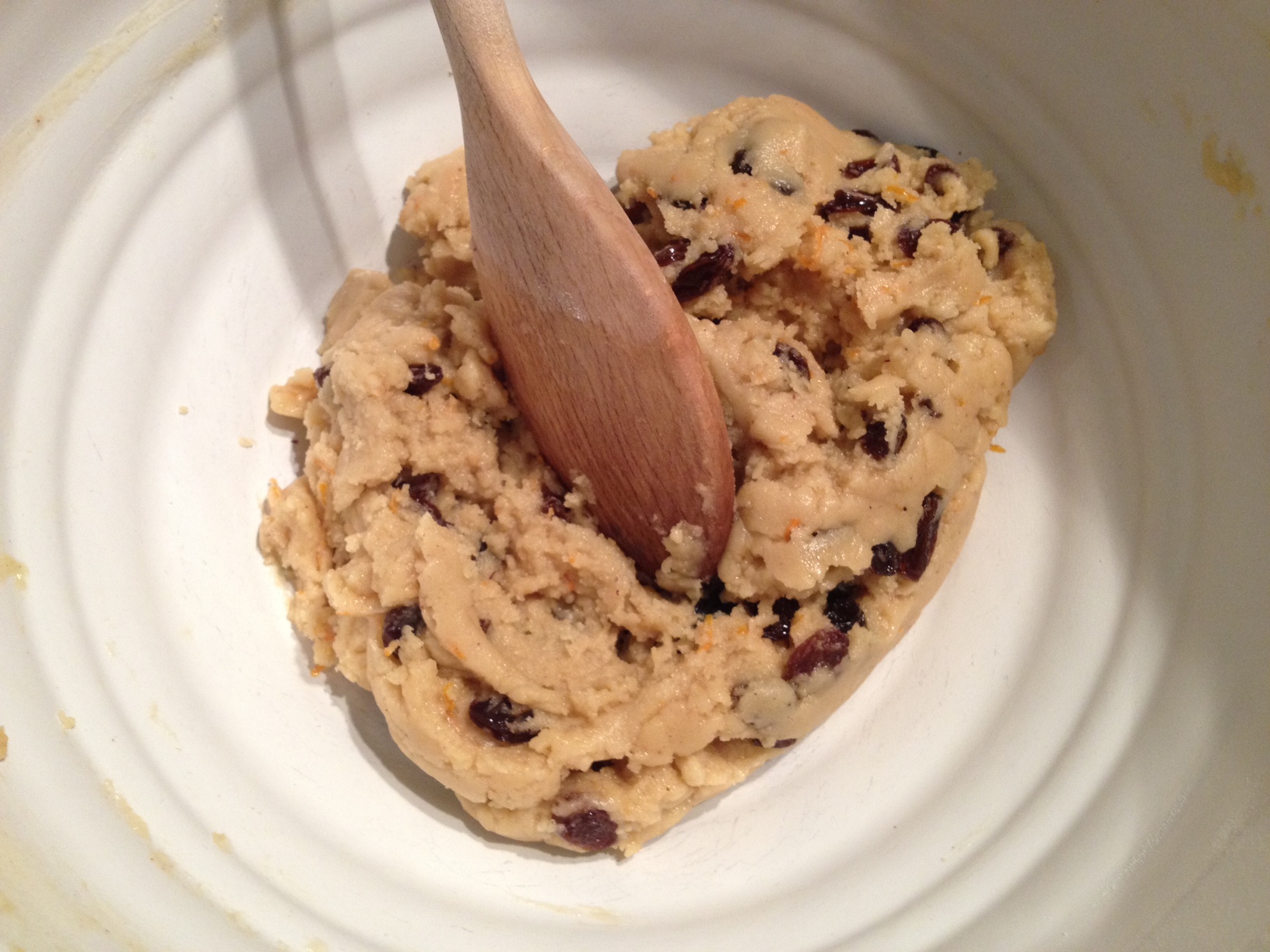
Stir with sifted flour, saffron, nutmeg and soda
1. Heat the saffron strands in a saucepan for about a minute. Tip them into a pestle and mortar and grind them into a powder.
2. Melt the butter and honey together in a saucepan over a low heat (you can re-use the saffron pan).
3. Sift the flour, bicarbonate of soda, nutmeg and saffron into a large bowl.
4. Add the melted butter and honey mixture, the orange zest and the raisins and stir until the mixture comes together into a sticky dough.
5. Roll out the mixture on a floured surface until it is about half a centimetre thick and use cutters to cut out your shapes.
6. Transfer your shapes to a baking tray covered in baking parchment. The shapes will be rather bendy so a palate knife is useful for this.
7. Bake at 180°C for about 11-13 minutes
8. Put the biscuits on a wire rack to cool, and then eat.
Whether you celebrate the holiday season with brandy snaps and mince pies, or Yule Dolls and fasting, have a very merry Christmas!
Come and celebrate Christmas with us! Visit us at the Museum of London or the Museum of London Docklands.








